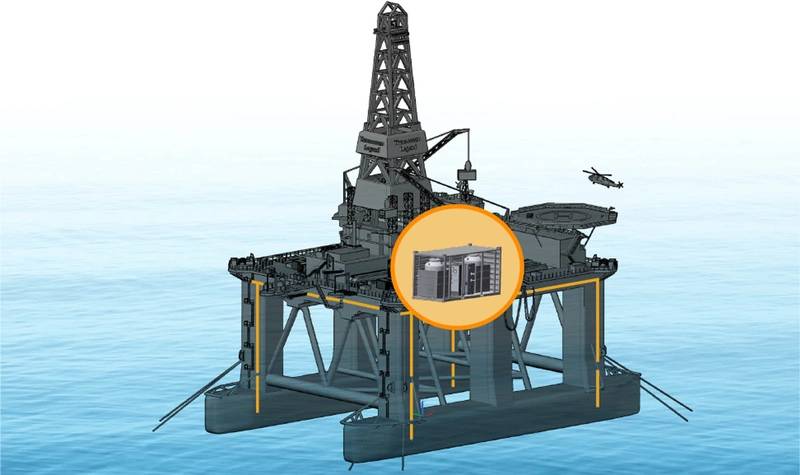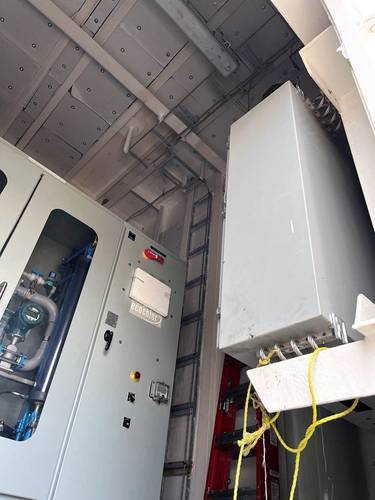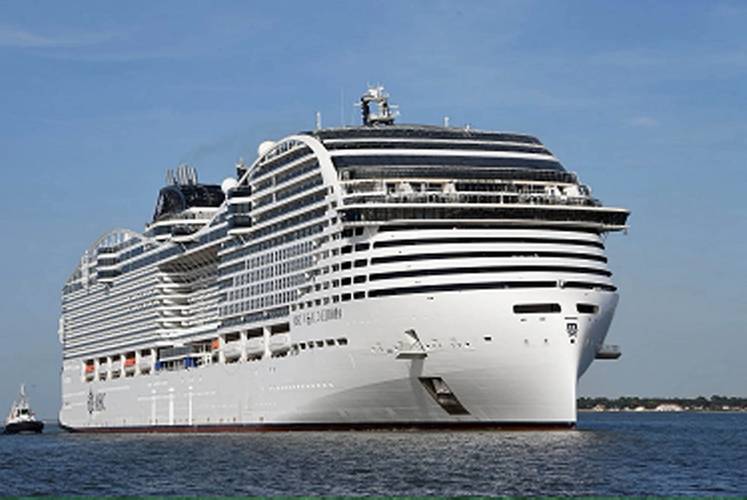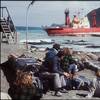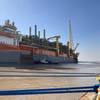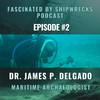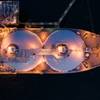Q&A: Ballast Water Management Market Matures
Since the ballast water management system discussion started nearly two decades ago, a clear concern was the ability to fit new equipment on existing ships, placing a strain on both space and power. Last month we caught up with a few key suppliers to for their insights on market development.
How many BWMS have you sold and installed to date?
- Maxime Dedeurwaerder, BIO-UV Group
Last year has proven to be the best on record, with roughly 200 BIO-Sea units delivered. All told, since we entered the ballast water market, we have about 700 units in service or pending commissioning. We also have about 100 units on order. By 2024 we expect to have 1000 units in service.
- Andrew Marshall, CEO, Ecochlor
Ecochlor has installed 317 systems, with another 54 on order, for a total of 371.
- Giles Candy, Scienco InTank
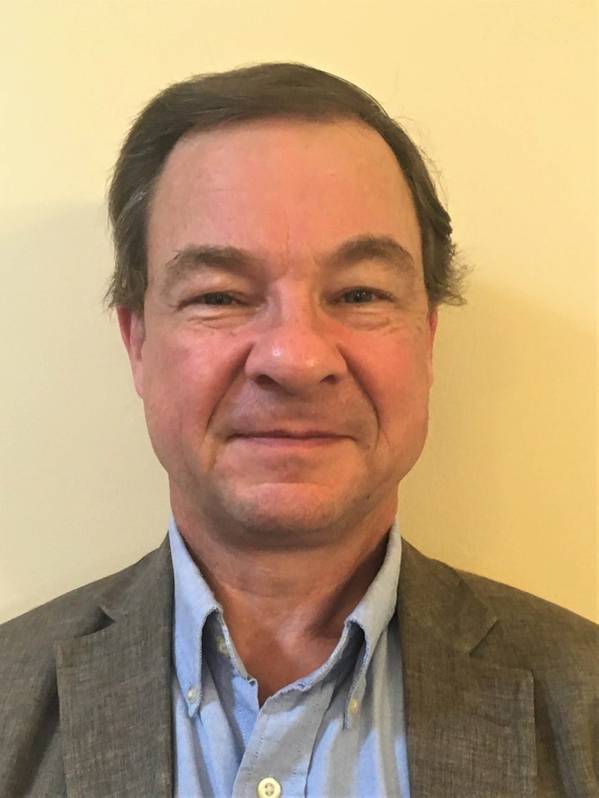 In 2022 Scienco/FAST sold a dozen InTank systems and completed 14 installations. Currently most sales are to operators like Boskalis, Vallianz, Saipem. Their vessels, with semi-submersible operations, benefit by using InTank because all treatment and neutralization happens in the ballast tanks, a semi-sub can arrive on site with all tanks treated and neutralized.
In 2022 Scienco/FAST sold a dozen InTank systems and completed 14 installations. Currently most sales are to operators like Boskalis, Vallianz, Saipem. Their vessels, with semi-submersible operations, benefit by using InTank because all treatment and neutralization happens in the ballast tanks, a semi-sub can arrive on site with all tanks treated and neutralized.
How is your system optimized to make the refit on boats and ship more efficient?
- Candy, Scienco InTank
Installations of InTank have been completed at sea on vessels up to Cape Size. With prefabrication of piping, and small size of the hardware there is great flexibility in how a retrofit can be successfully executed. This year has also seen Scienco/FAST design InTank FITT, pictured. At only 0.5m2, also filter-less, it is a quantum leap forward for both cost and installation simplicity in the smaller end of the commercial vessel market. We are looking forward to the first installations in 2023.
While InTank involves the installation of significant additional piping in a retrofit context, it is small diameter straight run. There is no fitting of large diameter pipes to filters barely squeezed into pump rooms. InTank does not use filters, and apart from the <1m2 Dosing Module (installed by the ballast pump / line), InTank’s small modules (Bulk Chemical and/or Electrochlorination and Dechlorination) can be installed flexibly in the machinery space or in a deck house. In fact, we recently received an AIP for installation of a non-EX (less expensive) InTank deckhouse above the deck of a MR tanker.
- Marshall, Ecochlor
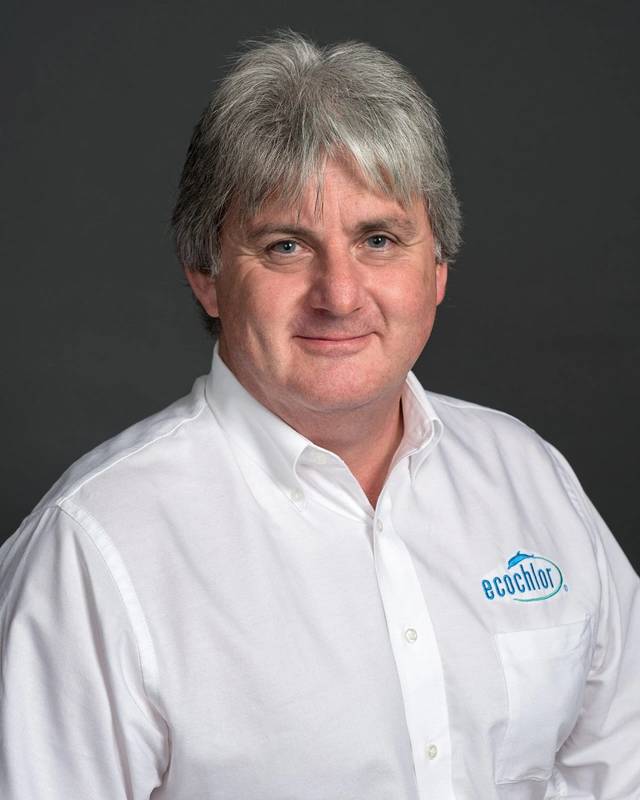 In 2021, we launched our EcoOne filterless BWMS. At the time, Argo Navis Engineers, Ltd. were involved with two engineering studies with the EcoOne system that concluded the retrofits could be completed roughly 25% faster when compared to a standard BWMS with filter and may eliminate as much as a week in the time needed for the retrofit during drydock. In addition, because of the smaller bill of materials, owners could realize up to 40% savings in piping and between 30 to 50% for cabling, not including the saving for any owner’s supplied equipment. Another benefit is that the treatment system does not have to be installed in the engine room, with flexibility in deckhouse locations using existing spaces on board the vessel.
In 2021, we launched our EcoOne filterless BWMS. At the time, Argo Navis Engineers, Ltd. were involved with two engineering studies with the EcoOne system that concluded the retrofits could be completed roughly 25% faster when compared to a standard BWMS with filter and may eliminate as much as a week in the time needed for the retrofit during drydock. In addition, because of the smaller bill of materials, owners could realize up to 40% savings in piping and between 30 to 50% for cabling, not including the saving for any owner’s supplied equipment. Another benefit is that the treatment system does not have to be installed in the engine room, with flexibility in deckhouse locations using existing spaces on board the vessel.
- Dedeurwaerder, BIO-UV Group
As the global BWTS market matures and moves from an acquisition and supply market to one of support and service, we have seen increased focus on system integration and engineering. This means shipowners are getting much more involved in the process, to ensure systems and technologies are compatible with the operational profile and trading pattern of their vessels. If the vessel is to trade in Asian waters much of the time, robust filtration and UV dosing is an important factor. Also, ship operators must decide if a ship’s operating profile can be adjusted – to enable ballast hauls between two ports where water conditions are challenging, for example.
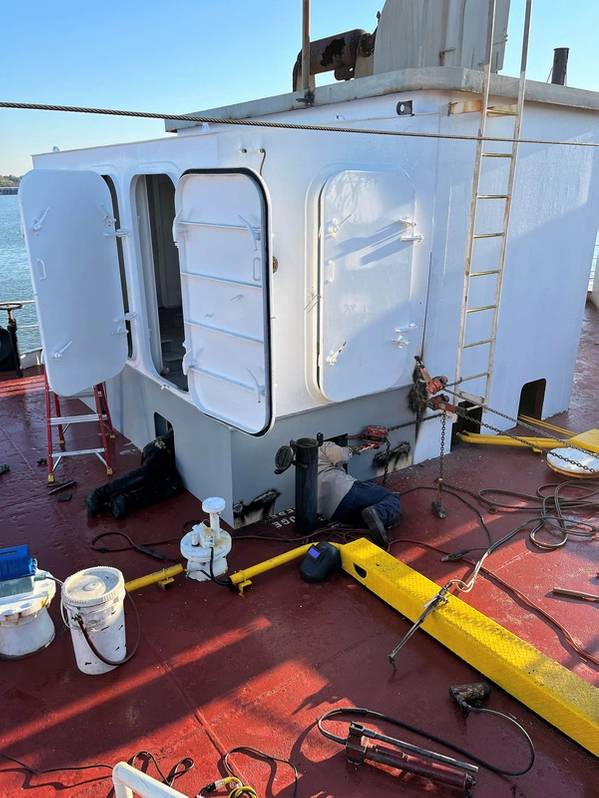 BWMS prefab deckhouse. Photo Credit Choice Ballast Solutions/Image courtesy Ecochlor
BWMS prefab deckhouse. Photo Credit Choice Ballast Solutions/Image courtesy Ecochlor
Techcross Starts 2023 Strong
South Korea-based Techcross reported it has started off 2023 strong with its first order in a new business area. The company, widely known for its ballast water management systems (BWMS), in 2022 expanded its product lineup to include a tank level gauging systems (TLGS ) and valve remote control systems (VRCS). The company also rolled out an IBTV (Integrated BWMS/TLGS/VRCS), an IoT-applied control platform that can integrate all the equipment for optimal operation, and service software called Techcross Smart Platform. The company announced this week it has secured its first order for the IBTV this year. The items contracted are expected to be installed in a demonstration vessel of a research institute in Korea in July 2023. "By integrating the separate equipment and tools needed for a BWMS, which used to be purchased, installed and operated separately, IBTV allows the supply, installation, operation and maintenance of the equipment to be handled all at once," Techcross said. Techcross added it has also received an order for its alternative maritime power system (AMP), with delivery delivered scheduled for April. Techcross said it entered this new area of business in response to the recently reinforced environmental regulations worldwide. Globally, air pollution in the port receives much attention to the extent that some ports in the United States and China ban the use of a generator in a vessel at berth. Korea so far only recommends using a power supply system from the shore, but recently, many started responding actively to global environmental regulations by installing an AMP system. In 2022, Techcross achieved sales of over $220 million (280 billion KRW), recording its highest gross sales since its foundation.
Can you share details on a recent installation case study?
- Dedeurwaerder, BIO-UV Group
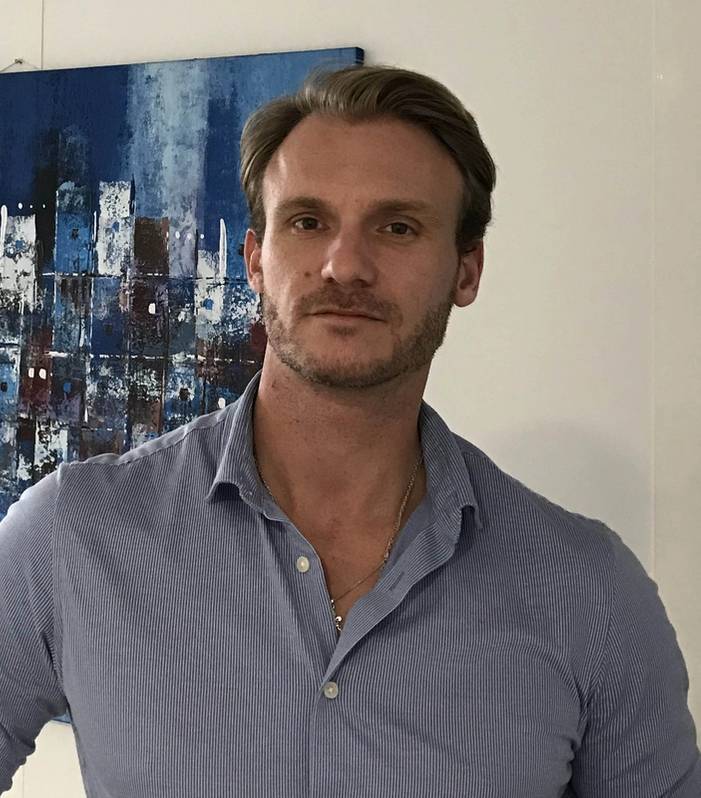 One of a number of milestone projects completed last year was the at-sea retrofit of a BIO-SEA L03-087 modular unit abord the 4350dwt Greatship Maya which maintained rig supply operations offshore Labuan, Malaysia, throughout the installation. Prior to installation we surveyed the site, taking 3D scans of the ship’s machinery spaces to simplify pipework, electrical wiring, system integration and installation. This also revealed some space limitations which ensured we were able to design and build a ship-specific solution, allowing our engineering partner 3C Metal to get the BWTS in place without modifying the steel structure in any way.
One of a number of milestone projects completed last year was the at-sea retrofit of a BIO-SEA L03-087 modular unit abord the 4350dwt Greatship Maya which maintained rig supply operations offshore Labuan, Malaysia, throughout the installation. Prior to installation we surveyed the site, taking 3D scans of the ship’s machinery spaces to simplify pipework, electrical wiring, system integration and installation. This also revealed some space limitations which ensured we were able to design and build a ship-specific solution, allowing our engineering partner 3C Metal to get the BWTS in place without modifying the steel structure in any way.
- Candy, Scienco InTank
The number of semi-submersibles selecting InTank highlights the value it brings to this operation – allowing normal flood/drain operations for load pick-ups and drop-offs. The last of seven iconic Boskalis vessels were retrofitted last year. However, something we had not appreciated before has now come to light with our recent project barge installations: InTank allows these (sometimes very large) barges to be used to receive ballast from a vessel that may need to discharge untreated ballast. This size of barge can service the ballast capacity of very large commercial ships providing an economic solution for ports unwilling to receive untreated ballast. Transfer is completed simply and quickly – it is not complicated by treatment – the barge can complete full “D2” treatment and discharge at will, allowing the customer vessel to immediately get on with its work.
As owners begin to understand that discharge compliance will be enforced, and as InTank continues its progress in simplifying retrofits, the operational freedom and control over compliance that InTank brings will be seen as increasingly valuable. As noted previously, we have already completed retrofits of retrofits.
InTank is already installed from MR to VLCC, Handy to Cape. The new InTank FITT system with its easy filter-less installations for smaller commercial vessels will only increase its appeal.
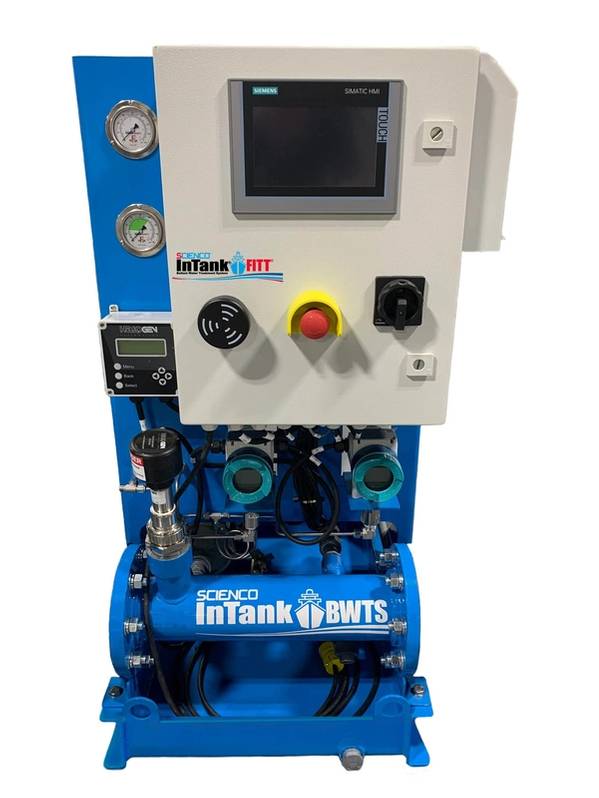 The new Scienco/FAST InTank FITT BWTS. Image courtesy Scienco/FAST
The new Scienco/FAST InTank FITT BWTS. Image courtesy Scienco/FAST
- Marshall, Ecochlor
I can share two! The EcoOne BWMS has many benefits for the offshore market. For example, semi-submersibles usually rely on gravity ballasting, which excludes any BWMS requiring an inlet press (e.g., for filtration). Our EcoOne system can use both gravity ballasting and deballasting, which is a benefit for Mobile Offshore Drilling Units (MODUs).
For stability reasons, semi-subs usually ballast via four sea chests located in the far corners of the rig. Any full-flow BWMS would require the installation of four separate units, which would cause some issues with tight spacing of the pontoon. With the EcoOne BWMS, we can serve up to four separate ballast sub-systems simultaneously utilizing one system.
We are currently working on an installation on a semi-submersible drilling rig and along with the benefits listed above, the retrofit will not require massive modifications of the large diameter ballast pipes, but will only need unidirectional one-inch piping from the central treatment container to the injection location. For this retrofit, it was proposed by the integration engineers that we run two disinfectant lines in each elevator shaft (port and starboard). Once at the pontoon level, one pipe will lead to the forward and the other to aft injection flange near the sea chest simplifying the installation process.
This semi-submersible rig retrofit will utilize our new EcoOne Container Unit introduced in 2022 at SMM which can be place on deck for transit only and removed while the rig is stationary.
Another case was the refit of an EcoOne Hybrid BWMS onboard a Jones-Act ATB. The EcoOne hybrid system allows for the ability to filter where conditions dictate, retaining the same low level of Cl02 dose rate of the original system. Where water conditions permit, filters can be bypassed ensuring that the owner operator remain in control of their ballasting process at all times.
Of additional significance for the ATB is the modular nature of the Ecochlor range of systems. Installation can be entirely on deck allowing preparation of the retrofit to take place well in advance of the barge arriving at the shipyard.
The design and component layout of the hybrid system offer further benefits by utilizing key attributes such as ballast water treatment on intake only. Thus, reducing the installation footprint as well as offering significant reductions of time and materials. We recently completed an installation where the owners selected to add one smaller filter per pump, providing greater redundancy and security of ballasting operations, as well as reducing installation footprint yet further since the filter was installed in a form of an enclosure rather than full deckhouse.
Prior to the retrofit, the shipyard installed deck mounts and any work below the water line a year before the actual installation because the ATB was already in drydock for other repairs. Through a series of upfront conversations, we were then able to have the system installed without the need to dock at all. Upon equipment delivery, the shipyard was able to pre-fabricate the parts and then lift them onboard the ATB by crane and mount it in situ. This shortened the overall lead time for the installation since the crew was really only focused on the BWMS retrofit and not other drydock maintenance and repairs, ensuring that the owner had minimal valuable off-hire time.
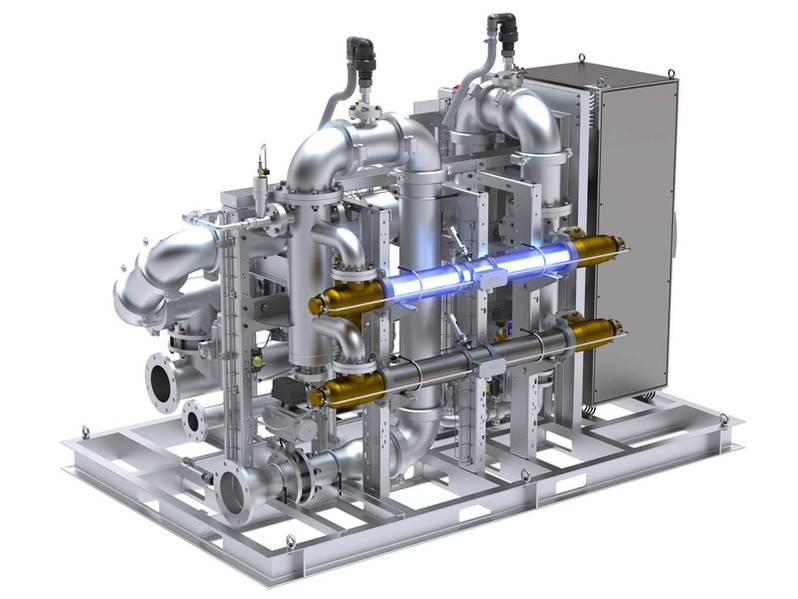 Image courtesy Bio-UV Group
Image courtesy Bio-UV Group






